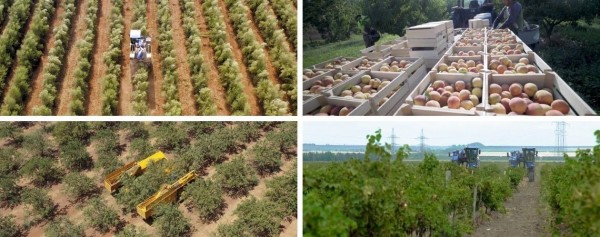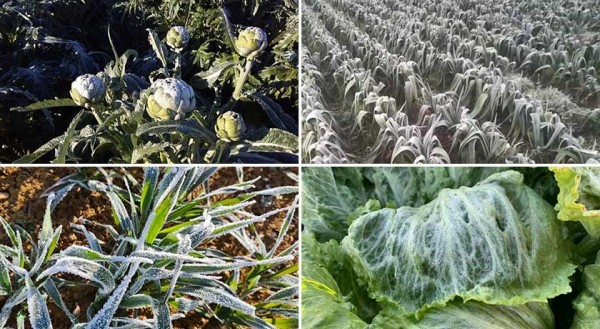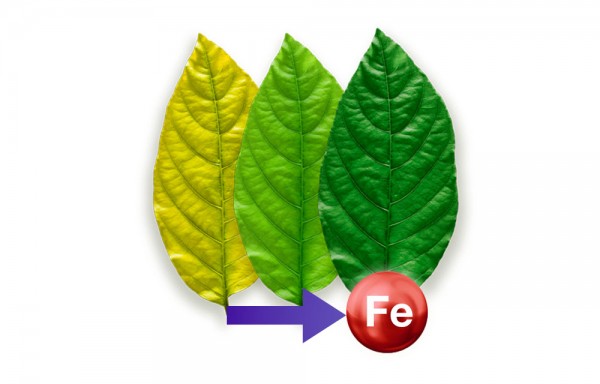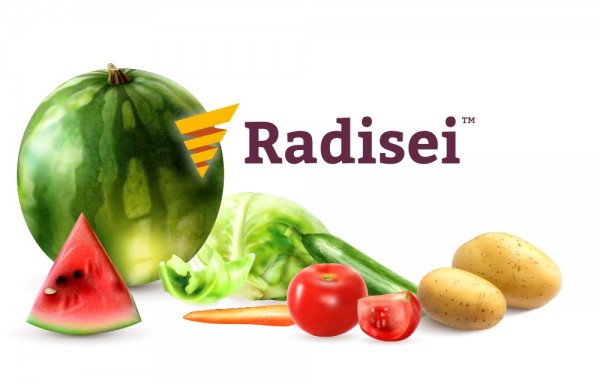Transplanting strawberries: how to ensure good plant establishment
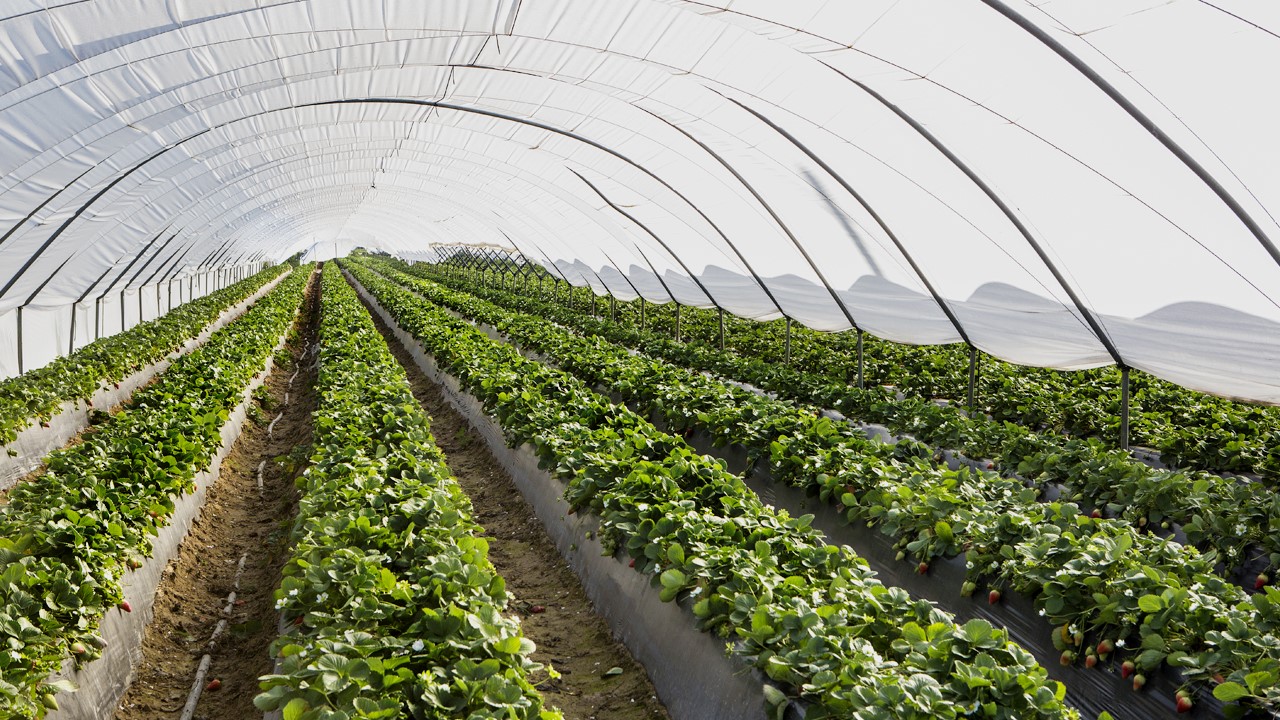
Transplanting strawberry plants is a critical process for good crop development. Plants experience stress when they are moved from the greenhouse to the new planting out site. They undergo handling at the nursery and are moved to a new, hostile environment.
In this process the plant may lose part of its roots and it has to be prepared for transplanting. Radisei is a biostimulant designed by Seipasa that provides a broad range of benefits for the development of new roots and absorbent hairs to ensure the proper establishment of new plants.
Strawberry plants have to accumulate hours of cold temperatures, especially at the early stages. For this reason, the first important decision for growers is to choose the right variety, taking into account climate conditions. In the case of raised beds, low temperatures during the months of autumn mean that strawberry plants enter into a period of vegetative rest.
New plants are moved from the nursery and planted out in October or November just when the plant has entered its period of dormancy. This vegetative rest enables plants to cope with these conditions more effectively and with the stress caused during transplanting (pulling out, handling, transfer).
Poor establishment of strawberry plants after transplanting can cause crop failures, such as stunted plant growth or flowering that occurs too early, which can have devastating effects on the harvest with a consequent loss of yields and cost-effectiveness for farmers.
Overcoming post-transplanting stress
If we consider the case of Huelva, the main berry-producing zone in Spain (the strawberry industry in fact accounts for 8% of Andalusia's GDP and generates between 80,000 and 100,000 jobs each season), the mild winter climate allows the plant to develop during the winter and production starts towards the end of January, increasing over the following months.
In that range of mild winter temperatures, the plant has a long period ahead to grow new roots and begin the process of forming flowers. When transplanting strawberry plants, it is recommended to use solutions that can help the plant to overcome situations of stress and ensure its optimal establishment.
Radisei is a biostimulant designed by Seipasa based on an exclusive Bacillus subtilis strain that acts on the root system and activates different biological soil processes.
Radisei incorporates a plant growth promoting bacteria (PGPR) which improves the architecture of the root system: it stimulates growth of secondary roots and absorbent hairs. It also has an anti-stress effect in adverse situations and generates an additional input of energy in processes of maximum demand. This is especially important for strawberry plants which are transplanted at a time when their energy reserves are low.
Strawberry-growing has high organic matter demands so it is advisable to test soil in advance by means of nutritional and microbiological analyses, which help determine its state. At this stage, Seipasa's Multisei organic fertilizer is particularly recommended to improve the soil's nutritional properties.
Multisei is a liquid formulation that provides carbohydrates, sugars, vitamins, and minerals such as potassium, calcium, magnesium, and boron of plant origin. These elements are the main source of energy used by the microorganisms involved in processing the soil's organic fraction, thanks to which its microbial activity is enhanced.



